Scientists around the world are still lost in trying to find out who the Aryans are and where they came from. Aryans (Av. Airya-, Old-Ind. Arya-, Old-Persian. Ariya- or Aryans) are the name of the peoples, which are explained in languages belonging to the Aryan (Indo-Iranian) group belonging to the Indo-European family. The name refers to the ongoing self-designation of some historical peoples of ancient Iran or ancient India, which existed approximately in the period of the II-I millennium BC. e. The similarity of linguistic and cultural affiliation in these peoples puts some research circles before the need to put forward assumptions about the existence of the original Pra-Aryan communities (ancient Aryan-Aryans).
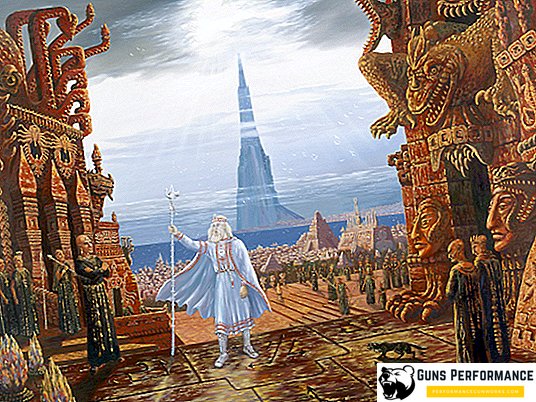
According to most researchers, the direct predecessors of this community include the totality of almost all historical and modern Iranian and Indo-Aryan peoples and ethnic groups. Linguistic science under the Aryans (or Indo-Iranians) means only two groups of Indo-Europeans. These groups consist of the majority of peoples speaking the languages of the Indo-Aryan group, and a large number of other Iranian-speaking peoples. However, there is such a group of scholars who declare about the pseudo-scientific term “Aryans”, in their opinion, it would be correct to say “arias”.
The first Aryan civilizations
According to some scientists, the first Civilization originated 350 centuries ago, and the last Civilization completed its education 300 centuries ago. Thirty-five thousand years ago, the Proto-Aryans, the progenitors of Vedic knowledge, founded the ancestral home of modern, in their opinion, humanity — Arktide and Hyperborea.
Due to some kind of global catastrophe that could have happened about 30 thousand years ago, the Aryan civilization perished. However, the Aryan peoples living in it, managed to save some signs of their ancestral homeland. So, over the next 25 thousand years, moving further south and south, they sought to recreate the images of the mother-to-mother civilization, while intermingling with the aboriginal peoples. As a result, Aryan civilizations began to emerge in the Urals, in India, and also in Iran.
Aryan civilization of Arctis
In the legends of the ancient Aryans, it is said that the Arktides dwellers had a tall stature, a magnificently developed and harmonious body, blond hair and bluish color of skin and blue eyes of the Aryans. They had an extraordinary memory, high intelligence, incredible intuition, and clairvoyant abilities. With such qualities and power, they were given the deepest aspiration in search of connection with God, as well as knowledge of the laws, in accordance with which all things exist in the Universe.
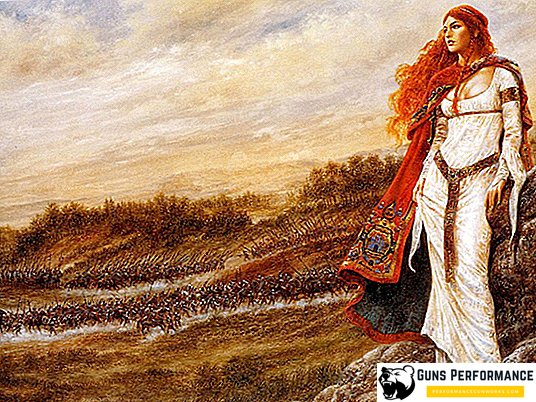
Owing to the global cosmic catastrophe, the ancestral home of the ancient Aryans and the continent itself had to plunge into the depths of the sea. This could happen about 30-32 thousand years ago. Researchers can’t say exactly what could have happened then. They put forward many hypotheses, among them there can be the most incredible and exotic.
For example, the displacement of the Earth’s magnetic poles due to the death of the mythical planet Phaeton, or due to the Earth’s collision with some large space object such as an asteroid or comet. Perhaps a change in the orbit of our luminary could occur, which naturally could lead to changes in the tilt of the earth's axis.
No matter how it was there, but normal living in the former Arctic territories was not possible. In those days, the territory of present-day Eurasia has already begun to become covered by glaciers, and the elevated location of the Ural Range has become the one and only right road along which those lucky enough to escape during the catastrophe have diverged. It is not excluded that the Hyperboreans managed to disperse in other areas of the Earth.
Aryan Hyperborean Civilization
Scientists also believe that in fact the inhabitants of the mythical Hyperborea, who came to the Eurasian continent from the territory of their continent, plunged into the depths of the continent, could move inland in several directions simultaneously. They were lucky not only to escape, but also to extend their influence on the culture that was inherent in the indigenous peoples and tribes.
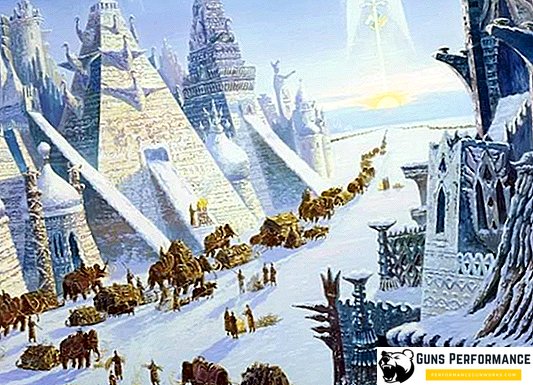
Aryan Indian civilization
The Aryans, advancing in one of the directions, were able to descend from the Ural Range and move closer to the Middle Eastern region. Actually there, in the Middle East, they were able to create what is now called the Avestan culture. Persians are considered to be its successors, along with other peoples inhabiting this area. While some of the other Aryans chose to head to areas of Southeast Asia.
In the process of moving along the Ural ridge from the location of its now former ancestral homeland, the Aryans did not have the opportunity to settle in the flat terrain. This was due to the melting of the colossal size of the glaciers (one on the European territory and the other in the Siberian region), when a large swampy area began to form on both sides of the ridge. Separate groups of Aryans proceeded to the formation of small colonies in the area of the paths, where they advanced. By the way, at present, archaeologists manage to find the remains of the settlements built by them.
From about II millennium BC. e. advancing by mountain passes in the north-west of the Indian subcontinent, steppe tribes, carriers of Aryan civilization, managed to penetrate the territory of India. But this was preceded by a long process, the so-called resettlement of peoples who communicated using Indo-European languages. The real reason that forced them to part with their oldest ancestral home, scientists have not yet figured out to this day. And the very question of the location of their ancestral homeland still remains debatable.
Aryan clashes with the Dravidians
Having arrived in Southeast Asia, the Aryans discovered there the Dravidians, who at that time had already managed to leave their sunken continent and settled along the coast of their new homeland. At the time when two civilizations met, the Dravidians had already lost their former power, due to the loss of most of their technical potential. They had to migrate to areas of Southeast Asia, partly Australia, Indonesia and North Africa, where the Egyptian state itself was formed at that time.
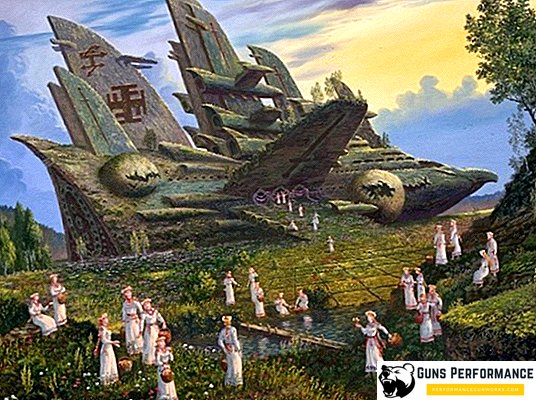
There were often small clashes between two different civilizations and two different worldviews, which turned into long-term military clashes, information about which came to us from the ancient Indian epic Ramayana and the later Mahabharata. The fighting lasted a long time, but it all ended with the fact that the two civilizations had to merge into a single whole.
Culture, science and art in the newly formed Aryan community was given a new impetus for the start of intensive development in the new homeland. Now the Aryan civilization began to be called Bharata-Varsha or Ariavarta.
Despite this, it is believed that predominantly, the ancient Aryans had to migrate in the area of the Ural and Caspian steppes. One group about III millennium BC. e. managed to reach unfamiliar land in search of new lands. These places now belong to modern Afghanistan. Then, a little later, they moved to India and settled there at about the same time. It was from that moment that the long historical process of the formation of the Aryans of India began.
In the area of the Indus River valley, as well as along its tributaries, where the Aryans arrived, at that time it was a period of prosperity of the Harappan civilization. At the time of the Aryan invasion, it had already gone through a period of maximum prosperity (approximately 2700-2100 BC) and was leaning towards its decline. Among other things, the race of the Aryans brought to India completely different religious ideas from their now southern neighbors.
Clash of two religious beliefs
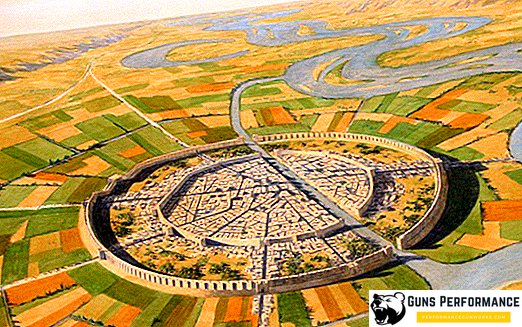
Foreigners came with their ancient gods. It was customary for them to perform complex ritual sacrifices. It was the so-called yajna. In the process of carrying out the ritual, the deities were bestowed with generous offerings, mainly from roast beef and intoxicating drink, soma.
According to some researchers, the invasion of some nomadic tribes, whether barbarians, or Aryans, or from the Central Asian region, or from Eastern Europe, served to the complete destruction of the highly developed Dravidian civilization. It was the people who inhabited modern Indian territory in those days. Others suggested that the history of the origin of Indo-European originates from the Indus Valley itself. After that, the ancestors of the Aryans, who were able to preserve their language and spirituality, turned to the vast territories of Indian and Sri Lankan, as well as English and Irish territories, where they were able to spread.
Education Sacred Vedas
All those involved in the search for ancient knowledge are aware that the Vedas have created, if not themselves, then the descendants of the Aryans. In its classification, the source of the Vedas can be traced from the class of Shruti - “heard”. From centuries to centuries, the vedas were transmitted orally by many generations, their guardians were priestly childbirth.
Brahmins (priests) developed a complex system of cramming texts, eliminating the slightest error. Moreover, the Vedas were still kept in this form even with the advent of writing in India. The Vedic culture itself, described by the Vedas, is based on sacrifices accompanied by complex rituals. Among the most revered gods in the Vedic pantheon are Indra, Varun, Agni and Soma.

The Vedas formed the core in the sacred canon and imprinted most of the Aryan knowledge of that time about themselves and their surroundings.
In total there are four types of Vedas:
- Rig Veda (Hymns);
- Samaveda (Chants, sacred melodies);
- Yajurveda (Sacrificial Formulas);
- Atharvaveda (magic spells). It is also called samhita - a collection.
The Aryan civilization in the Vedic era had the appearance of a very highly developed society. For example, medical knowledge, captured in Ayurveda (parts of one ancient philosophical doctrine), then reached its perfection.
Religious principles of the Vedic Aryans superimposed on the part of the ancient beliefs of the population in the proto-Indian cities. They formed an unusually deep and solid foundation on which all modern Hinduism is based. Nevertheless, many of the Vedic traditions turned out to be forgotten over time, and something on the contrary had to be rethought.
Vedic culture in India had the opportunity to assert itself very slowly, despite the persistent efforts of the ancient Aryans. By the way, the gods and mythologies, which belonged to the Vedic culture, in contact with the indigenous dravidic deities on ancient Indian land had to be modified a little into local deities. Some old Aryan deities had to leave the stage altogether, while others were fortunate enough to have a second birth in the Hindu pantheon. The motley chain of gods with demigods (both local and alien) expanded and formed an almost innumerable Hindu pantheon of deities.

The ancient Aryans in India absorbed all the latest local beliefs for them. They also trained local people in growing cultivated plants suitable for the local climate, mostly millet, rice, oats and flax. In addition, they learned how to construct canals for the irrigation of fertile lands and other things.
Resistance of the population and nature
From time to time there were clashes with hostile local tribes, which were called Rigveda dasa or Dasya. The latter could offer fierce resistance to uninvited guests. Could go away from them to the mountains, and could take a lifestyle as winners, becoming part of their community.
Aryan society gradually became more complicated until the caste system was formed. In the future, this system has become a social basis, the foundation in Hinduism. Religion sanctified and consolidated social strata, differences and rules. The distinctions that existed in the then society also preserved the inviolability of religious foundations.
Noncanonical Vedas - Atharvaveda
While advancing eastward, closer to the Ganges, some branches of the Aryans faced not only the repulse of the local population, but also hostile nature. The local jungle was extremely unfriendly. Then the priests had to deal not only with the rituals of sacrifice, but also with the treatment of people from mysterious, unknown diseases.
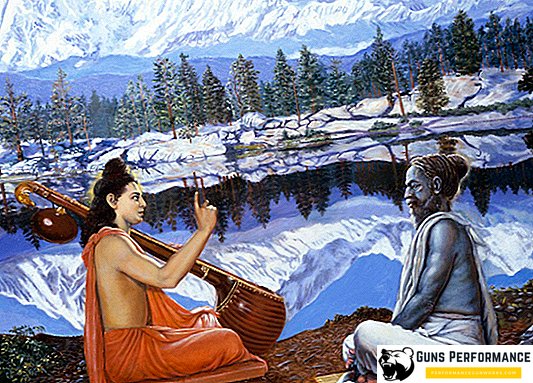
The Atharvans showed themselves especially on this basis. They were magicians who knew many spells from ailments and evil eyes, from evil spirits and dashing people. They taught how to do conspiracies correctly, how to bewitch girls who like them or handsome men, how to establish peace in the family and consent with relatives, how to achieve improved well-being and give birth to healthy offspring.
The existence of conspiracies was the main content of Atharvaveda - a later book with the Vedas about the most ancient religious ideas. Obviously, because of this, Atharvaveda did not quite recognize itself as canonical Vedic texts for quite a long time.
Step by step, from the national-cultural homogeneity for the most part, the Vedic aryans formed a national-social diverse, variegated cultural environment, which includes in addition to foreigners many Indian peoples and tribes, with different stages in their development.
The end of the monopoly of the Brahmins
It was not possible for Brahmanism to emerge from the religion of the Vedas for a long time to respond to Indian society with its multi-discipline. Already in the V century BC. e. In India, new religions such as Jainism and Buddhism began to appear. They were able to undermine the authority and exclusivity of the claims of the Brahmins in the intellectual and spiritual component of society. New religious trends attracted many segments of the population who were not satisfied with the caste affiliation.
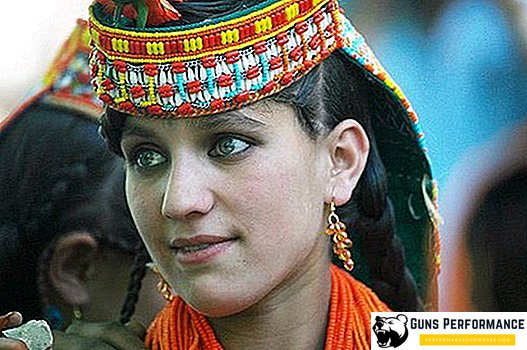
Trying to hold on to their positions, the brahmans began to adapt to new circumstances, by drawing into their creeds of beliefs previously alien to them. The mythology, the cult, the laws of the Aryans were subjected to processing under the influence of both the pre-Aryan beliefs and the new teachings - Buddhism and Jainism. As a result, at the end of I millennium BC. e. heterogeneous religious beliefs were formed, which did not come into clear contradiction with the Vedas, but answered new trends.
At the same time, the significance of the ancient Indian deities and beliefs with which the Harappan civilization lived began. Thus, currents, schools, groups, rituals and gods began to form, which later became Hinduism.
Aryan Indo-Iranian civilization
Indo-Iranian tribes with Aryan origin in the Bronze Age dwelt in the Eurasian steppes. However, in the II millennium BC. e. they decided to move to the territory of Iran and India. However, some of the eastern Iranians decided to stay, and the Persians called them Turans.
According to one version, both in Sanskrit and Persian, the word "arias" denoted noble people. The ancient Indo-Iranian peoples called themselves Aryans to distinguish themselves as full citizens among neighbors or enslaved peoples. Even in the very word "Iran," known from the Achaemenid inscriptions, given its etymology, it follows from the name "ariy", meaning "a country of worthy".

Aryan North Urals civilization
The Ural “Russians” Aryans called the word “ar” the earth. Thus, the word arias denoted a person entering the so-called "clan" of farmers. By the way, the old Russian word "oratai", "orats", probably comes from the Aryans. The Northern Urals is only a small region of Russian territory, where the Aryan civilization was born about 16 thousand years ago.
Aryan civilization: a brief summary
The Aryan civilization was made up of scattered nomadic tribes who founded their city-states throughout the Eurasian continent, diverging in many European and Eastern directions. The largest number of ancient Aryan settlements was found in Russia, on the territory of the Southern Urals, oddly enough.
According to one version, the Black Sea, Volga and Yuzhno-Uralsk steppes were the historical ancestral home of the Aryans. According to another version, the Aryan civilization originated in the Northern Urals about 16 thousand years ago.
Aryans were formed on the Andronovo culture. The ancient Indian varna system with the three highest varnas — brahmanas, kshatriyas, and vaishyas — was considered Aryan. Еще одними носителями были индоиранские племена, обитавшие в бронзовую эпоху в евразийских степях. Они переселились во II тысячелетии до н.э. на территорию Ирана и Индии, но часть их решила остаться.
Арийцы были людьми земли, земледельцами. Термином "арийцы" пользуются при обозначении:
- Индоевропейской семьи народов;
- Индоиранских народов;
- Носителей нордической расы: скандинавов или немцев обладателей этой идеологии, которой воспользовалась фашистская Германия во времена Гитлера.

Таким образом, вопрос о существовании арийцев, их происхождении, дальнейшей судьбе и влиянии на формирование карты мира остается открытым, и многие исследователи продолжают искать истину.












